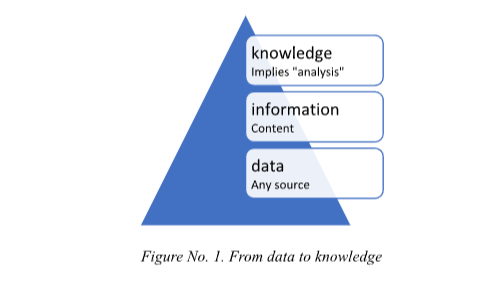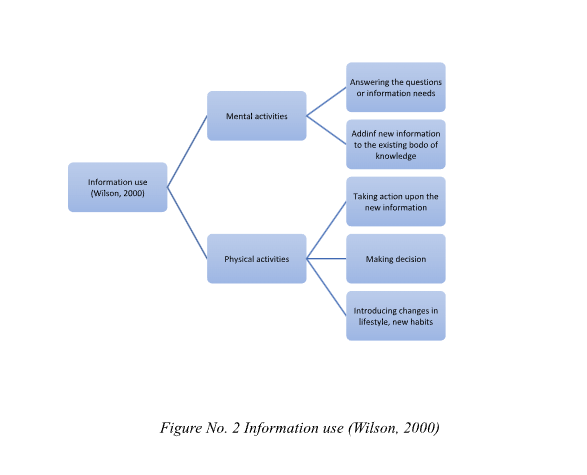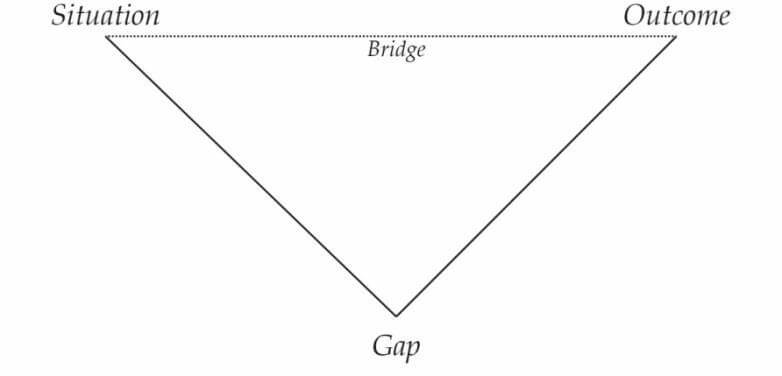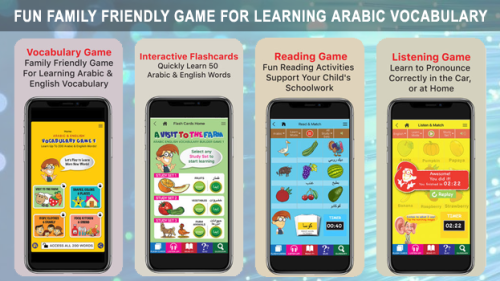Part 2 - Digital Faith: Islamic Information to get Knowledge

Part 1 - Digital Faith: Mexican Women Converting to Islam in a Christian-Majority Society
She embraced Islam in October 2013, changed all her lifestyle from Christian beliefs and secular practices to Islam. Bachelor on Communication, Master in Education and second Master on Human Science graduated from the International Islamic University of Malaysia (IIUM) in 2020. Currently, she is an independent researcher.
The process of information-seeking behaviour (ISB) starts with a need or several needs for information, so how do the respondents use the Internet to seek the information which they feel can answer their questions, and how do they use the information?
The end of the process is when the respondents can assess the outcome of whether the information obtained helps them to solve their questions or not.
As a researcher, I used the basic theoretical concepts of information-seeking behaviour and the Sense-Making Theory developed by Brenda Dervin (Dervin, 1983, 2015; Dervin & Foreman-Weret, 2013; Dervin & Frenette, 2001). The process of ISB includes the next three major steps and concepts: information need, information seeking, and information use.
"Information" is a key concept in this study. Information generally means to instruct and to furnish with knowledge (Ikoja-Odongo & Mostert, 2006; Liew, 2013). However, it can be seen as data (Fauzan, 2009; Kumah, 2015; Liew, 2013; Wilson, 2000) that comes from any source, not only books or the Internet but also from natural sources, such as nature or internal sources such as the human body and mind.
Information is also seen as the object of communication and knowledge (Ikoja-Odongo & Mostert, 2006). Information needs to pass through a process of analysis to become knowledge (Fauzan, 2009; Ikoja-Odongo & Mostert, 2006; Liew, 2013; Rowley, 2007). Refer to figure No. 1.

Perceiving a need is the ability of the human being to recognize an uncertainty, and "information" is considered the stimulus to reduce it (Hernández et al., 2007). The need for information arises because the human being needs to make sense of the world, to explain a phenomenon, or to explain something that is missing (Kuhlthau, 1991; Liew, 2013).
The context and environment have an impact and effect on the subject, and the "information need" arises (Hernández et al., 2007; Savolainen, 1993). This feature of the process of information-seeking behaviour is similar to the elements of communication theory, where the contexts such as society, culture, and the environment influence the receiver.
"Information need" is a subjective experience that cannot be observed and assessed by researchers (Hernández et al., 2007); it can only be studied through the speech of the respondents. Krikelas defined "information need" as the insufficiency of information or uncertainty regarding a task or problem (Sawant, 2015).
To resolve an inadequacy or to satisfy goals, it is also a conscious effort to acquire information in response to a need or gap in knowledge. Information need is a requirement that drives people to seek information (Ikoja-Odongo & Mostert, 2006; Kuhlthau, 1991; Liew, 2013; Solomon, 2003; Wilson, 2000).
"Information seeking" is an action, an activity conducted by the subject. It is a process that requires physical efforts and actions, like consulting different kinds of sources. Activities like going to the library, using ICT, downloading and using smartphone apps, navigating the Internet, clicking on links, writing questions, meeting and keeping in communication with people face-to-face or through the Internet and social media, traveling, and so on are considered part of "information seeking".
"Information use" is the consequence or the result of information seeking. It can be in two forms: mental and physical acts (Wilson, 2000). Answering the questions on the subject is the first use of information, which involves the mental action of adding or incorporating the information found into the existing knowledge on the subject.
Taking action after answering the questions is the second type of information use, and it involves the physical actions that the subject can take, such as introducing changes in habits or lifestyle. When a person is in the process of incorporating new information into their existing body of knowledge and making changes, it can be said that the person is in a stage of consciousness or at a certain level of it. That person already knows that they are seeking information for one specific purpose. See figure No. 2 for better understanding.

Dervin presented the Sense-Making Theory in the United States in May 1983 at the International Communication Association Annual Meeting. The general idea of the theory is that sense-making is a constructive process to create personal sense through a process of information-seeking behaviour based on three basic concepts explained. "Time and space" form the base where the experience occurs and need to be taken into consideration while studying the phenomena of ISB, especially observing a religious conversion (Dervin, 1983).
The sense-making theory is used at the intrapersonal level of communication for this study, though it can be applied to other levels of communication, such as interpersonal, group, organizational, and mass communication.
In other words, the study aims to understand the subjective experiences of Mexican female Muslim converts in their process of online religious information-seeking behaviour. For this study, sense-making lies in the idea that the subject takes action in the process to give sense to each experience they go through in daily life. For a better understanding of the theory, see figure No. 3.

Topics: Converts, Digital Life, Information Age, Islam, Technology
Related Suggestions

















